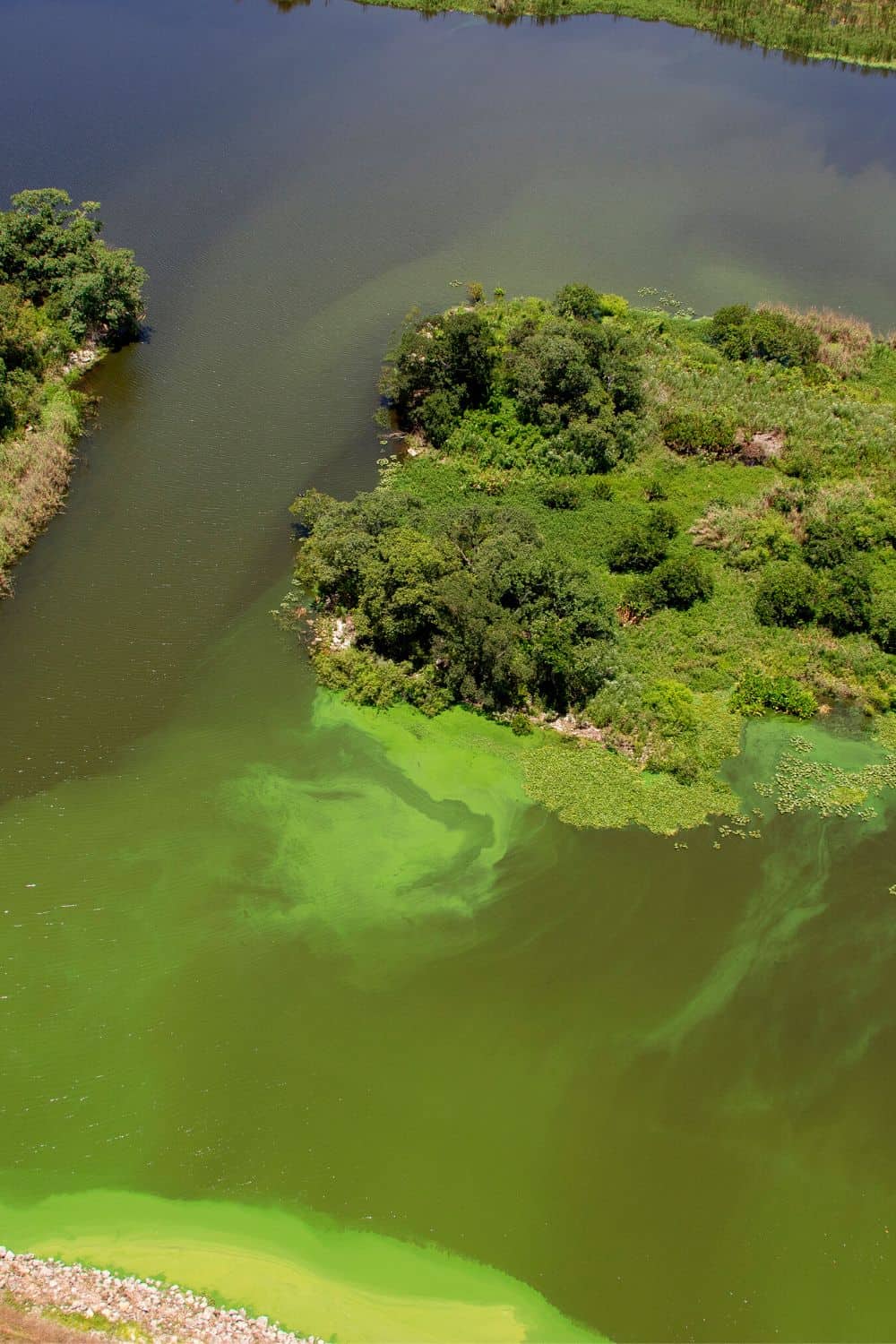
Lake Okeechobee, located in southern Florida, is the largest freshwater lake in the state and the second-largest freshwater lake in the contiguous United States. The lake is approximately 730 square miles in size and is a crucial component of the South Florida ecosystem. In this article, we will explore the history and significance of Lake Okeechobee.
The history of Lake Okeechobee dates back thousands of years to the indigenous tribes that once lived in the area. The Calusa and Seminole tribes used the lake as a source of food and transportation, and the lake was an important part of their way of life. In the early 1800s, European settlers began to move into the area and established a thriving agricultural industry around the lake.
In the late 1800s and early 1900s, the state of Florida began to undertake a massive drainage project to reclaim the land around the lake for agricultural purposes. The project involved the construction of a series of canals and levees to drain the land and protect it from flooding. While the project was successful in opening up large areas of land for agriculture, it had unintended consequences for the lake and the surrounding ecosystem.
Over time, the drainage project resulted in the alteration of the natural hydrology of the lake, which led to a decline in water quality and an increase in pollution. The lake became plagued by harmful algal blooms, which threatened the health of both humans and wildlife. The problems with the lake came to a head in 1928 when a major hurricane hit the area and caused the lake’s levees to fail, resulting in widespread flooding and the loss of over 2,000 lives.
In the aftermath of the disaster, the state of Florida undertook a massive flood control project to prevent future flooding and protect the communities around the lake. The project involved the construction of a new system of levees and canals, as well as the creation of the Herbert Hoover Dike, which surrounds the lake and serves as a barrier to prevent flooding.
Today, Lake Okeechobee is a popular destination for fishing, boating, and other recreational activities. The lake is home to a variety of fish species, including largemouth bass, crappie, and bluegill, and it is considered one of the best bass fishing destinations in the country. The lake is also an important stopover for migratory birds and is home to a variety of wildlife, including alligators, turtles, and otters.
Despite its popularity as a recreational destination, Lake Okeechobee continues to face challenges related to water quality and pollution. The lake is fed by the Kissimmee River and several other tributaries, which bring in nutrients and pollutants from agricultural and urban runoff. These pollutants can contribute to the growth of harmful algal blooms, which can be toxic to humans and wildlife.
To address the problems facing Lake Okeechobee, the state of Florida and other stakeholders have undertaken a variety of restoration and conservation projects. These projects include the construction of water treatment facilities, the creation of wetlands and other natural filtration systems, and the implementation of best management practices to reduce pollution from agricultural and urban sources.
One of the most significant restoration projects in the area is the Comprehensive Everglades Restoration Plan (CERP), a joint effort between the state of Florida and the federal government to restore the natural hydrology of the South Florida ecosystem. The CERP includes a variety of projects designed to improve water quality, increase water storage capacity, and restore wetlands and other natural habitats.
Lake Okeechobee is a crucial component of the South Florida ecosystem and an important resource for the state of Florida.
Related posts:
Cuyahoga Valley National Park is a unique and beautiful park located in northeastern Ohio, in the United States. One of the most fascinating features of the park is the Cuyahoga Valley National Park Wetlands. The wetlands cover a vast a...
Cedar Breaks National Monument is a stunning geological feature located in southwestern Utah, USA. This monument offers breathtaking views of a natural amphitheater, which is formed by towering cliffs of colorful sandstone and limesto...
Valley of Fire State Park is a natural wonder located in the Mojave Desert, approximately 50 miles northeast of Las Vegas, Nevada. The park's name comes from the vibrant red sandstone formations that dominate the landscape, providing a stun...
Petroglyph National Monument is located in Albuquerque, New Mexico and is a unique and important site for understanding the history and culture of the Native American peoples who have lived in the region for thousands of years. The park is ...
The Saguaro Wilderness is a pristine area of the Sonoran Desert in southern Arizona, just outside of Tucson. The wilderness area is named after the iconic Saguaro cactus, which is one of the largest and most recognizable cacti i...
The Mount Baldy Wilderness is a stunning wilderness area located in Southern California, near the border of Los Angeles and San Bernardino counties. The wilderness area covers approximately 11,000 acres and is home to several peaks, includi...